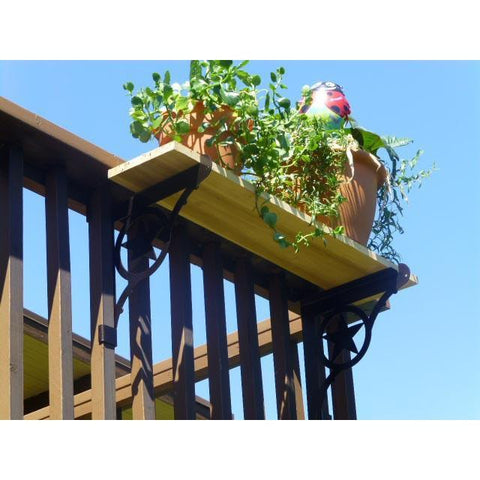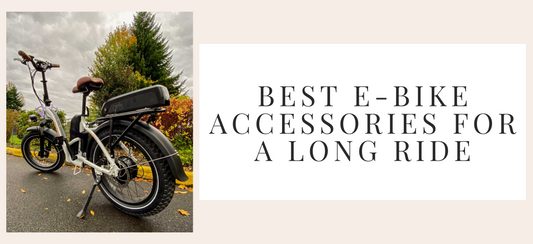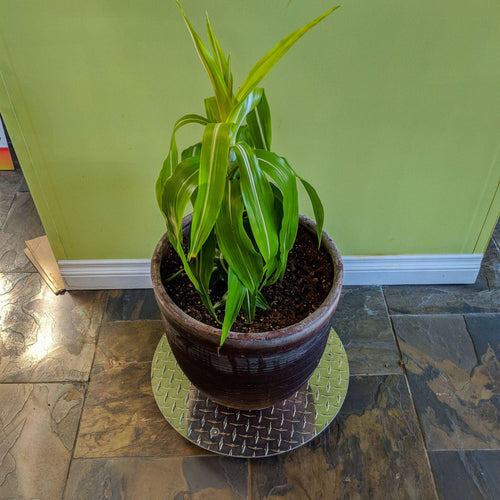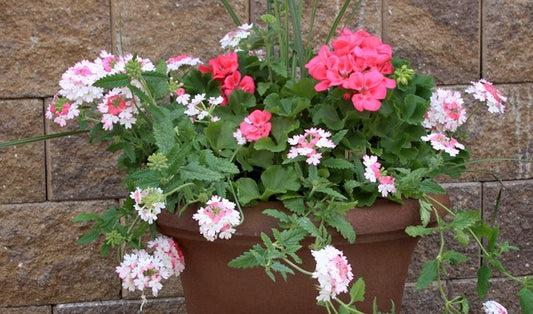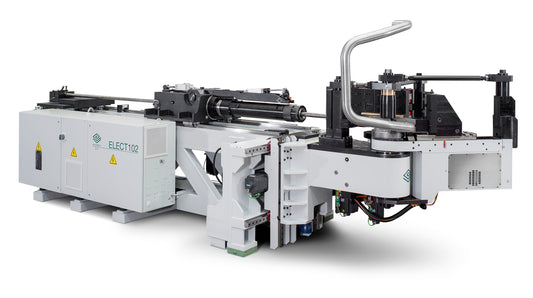Many people assume that in order to have a garden, it’s necessary to have a huge yard or large area to work with. But that’s certainly not the case. Just because you have limited space doesn’t mean you can’t grow your own vegetables. It just means you need to get a little creative with your gardening approach. A great way to do this is to try your hand at container gardening.
Container gardening is gaining popularity among apartment dwellers that don’t have access to a yard, and even homeowners who’d prefer to not lose a chunk of their grass to a gardening space. Instead of planting fruits, vegetables, and ornamental plants directly into the ground they are instead planted in containers supported on plant caddies, opening up the realm of gardening to anyone with a sunny spot to set containers.
To get the most out of container gardening in a small space such as a balcony or patio, there are some useful tips to keep in mind.
- Use containers
One of the key aspects to gardening in a small space is to utilize the space you have efficiently. If you’re gardening purely for aesthetics, then choose a variety of containers in different sizes that match the interior décor of your home or go with something bold and bright to create a cheerful space. If you’re focused more on a utilitarian space, you want to maximize your planting area to grow as many plants as possible. Regardless of the purpose of your garden, you can make life a little easier on yourself by purchasing heavy duty rolling plant caddies to move containers around for cleaning to create space when needed.

2. Start off with good potting soil
For potted/container plants to grow well they need to start off on the right track with a high-quality, fresh potting soil. Commercial potting soils are available for purchase readily and there are plenty of websites online with quick directions if you’d like to make your own. Potting soils are preferred over topsoil as they are light, and airy, giving the plants’ roots a good environment to grow while withholding moisture; earthen soil will compact in the containers over time, making it hard for the roots to grow. Potting soils also contain organic matter that will break down over time slowly releasing essential nutrients needed for plant growth. Fill containers with potting soil to about a 1” or so below the rim and tamp down slightly.
- Grow compact plants
When working with a limited amount of space it’s best to look for plant varieties that are more compact in stature, so they grow smaller. They have been bred to produce yields similar to full sized plants while keeping their growth to a more reduced size. This makes them an excellent option for containers not only because of their smaller space requirement but often times they don’t need to be staked or supported like their full sized counterparts do.
- Choose high yield varieties
To get the most bang for your buck, look for plant types that are high yielding. When combined with compact plants this is even better – less space needed and the best yields possible. Some good options to grow are cherry tomatoes, bush beans, lettuces, radishes, and onions; they will all produce more in a limited space than plants such as broccoli and cauliflower that only have one harvest per season. Check with your local nursery or gardening center to get recommendations on plants that are good for containers and grow well in your specific growing zone.
- Utilize vertical space
Don’t forget to think about growing upwards! Many people only have plants on a single growing level. But if you’re working with limited space you need to utilize every inch, including the ones vertically. There are many different options you can experiment with if you want to grow plants vertically. You can spend the money and buy specialized vertical planters, you could purchase or build your own shelving to put plants on, or you could use install deck railing hanging brackets to hold planter boxes. One advantage to the railing brackets is you can position them on the opposite side of the railing, taking advantage of space that would normally be unusable.
Container gardening is making it easier for people with limited outdoor space to enjoy all of the benefits associated with gardening. By planting in containers on plant dollies, it’s easy to grow fruits, vegetables and ornamental plants in a small space such as on a balcony, patio or deck. The aforementioned tips will help you grow beautiful plants right out of the gate!


